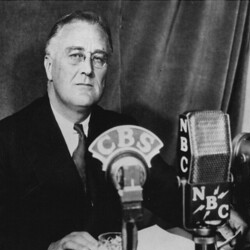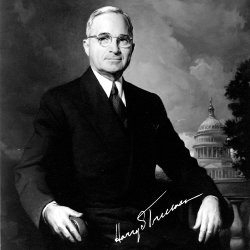Welcome to the first of four installments of Ballotpedia’s Learning Journey on the Administrative Procedure Act (APA), the governing statute for administrative agency activities.
This Learning Journey guides you through the history of the Administrative Procedure Act, its processes, and related debates. Today, we review the background of the APA. Tomorrow, we will explore the agency processes, including rulemaking and adjudication, outlined in the APA. Lastly, we will review scholarly arguments about the APA.
Let’s get started!
What is the APA?
The APA is a federal law passed in 1946 that established uniform rulemaking and adjudication procedures for federal agencies. The APA also addresses procedures for policy statements and licenses issued by agencies and provides for judicial review of agency adjudications and other final decisions. Prior to the APA, no federal laws governed the general conduct of administrative agencies.
History of the APA
During the first three and a half decades of the 20th century, new federal agencies tasked with regulating industry and the economy and administering a variety of programs were created. President Franklin D. Roosevelt (D) formed a presidential committee in 1936 to study the federal administrative and regulatory process. The President's Committee on Administrative Management issued a report referring to federal administrative agencies as a "headless 'fourth branch' of government" and criticizing what the committee understood as a lack of oversight and coordination among the various agencies.
Presidents Roosevelt and Truman were responsible for the APA.
 |
 |
In 1939, President Roosevelt formed the Attorney General's Committee on Administrative Procedure, which reviewed criticisms of federal administrative procedures and issued nearly 500 pages of recommendations in 1941. An early version of the APA was then drafted based on the committee's report, but World War II delayed the legislation's consideration and passage until the end of the war. The bill was reintroduced, revised, and enacted into law by Congress and President Harry Truman in 1946.
Below is a partial list of subsequent laws that amended provisions of the Administrative Procedure Act:
-
Freedom of Information Act (1966): Congressman John Moss (D-Calif.) sponsored the Freedom of Information Act (FOIA) in 1966 in order to allow for public access to federal agency information after holding hearings for more than a decade on what he considered to be a lack of transparency among federal agencies. The U.S. House of Representatives voted 307-0 to approve FOIA and President Lyndon Johnson (D) signed the bill into law on July 4, 1966
-
Privacy Act (1974): The Privacy Act of 1974 governs the acquisition, use, and dissemination of information about individuals by federal agencies and prohibits the release of an individual’s records without the consent of the individual.
-
Government in the Sunshine Act (1976): In the 1970s, the Panama Papers and Watergate scandals prompted greater public interest in government transparency. President Gerald Ford signed the Government in the Sunshine Act into law on September 13, 1976.
-
Electronic Freedom of Information Act (1996): U.S. Senator Patrick Leahy (D-Vt.) sponsored the Electronic Freedom of Information Act Amendments (E-FOIA) of 1996, which sought to bring FOIA into the digital age by clarifying that FOIA also applied to electronic records in addition to physical documents maintained by federal government agencies. President Bill Clinton (D) signed E-FOIA into law on October 2, 1996.
Read On:
APAs in the States
Although the federal APA governs rulemaking and adjudication by federal agencies, all 50 states have passed APAs governing agency actions in their respective states.
Read On:
What's Next?
The next stage of our Learning Journey will take a closer look at the administrative processes outlined in the APA. Stay tuned!
Review:
Check out the following Ballotpedia pages to dive deeper into today’s key concepts:
|

